The ‘Royal Dog of Scotland,’ the crisply coated Scottish Deerhound, is a majestically huge coursing hound based on the ancient Greyhound pattern. The Deerhound, one of the tallest dog breeds, was created to hunt the massive wild red deer.
Take a step back: You’ll need some distance to truly appreciate the magnificence of this old beast. A superb coursing hound struck from the classic Greyhound template appears in silhouette. Deerhounds, on the other hand, are much larger and more robust than Greyhounds, with a good-sized male standing 32 inches at the shoulder and weighing 110 pounds. The crisp coat comes in a variety of colors, with breed enthusiasts preferring the dark blue-gray coat. The tapering head and long neck provide height to an already elegant dog.

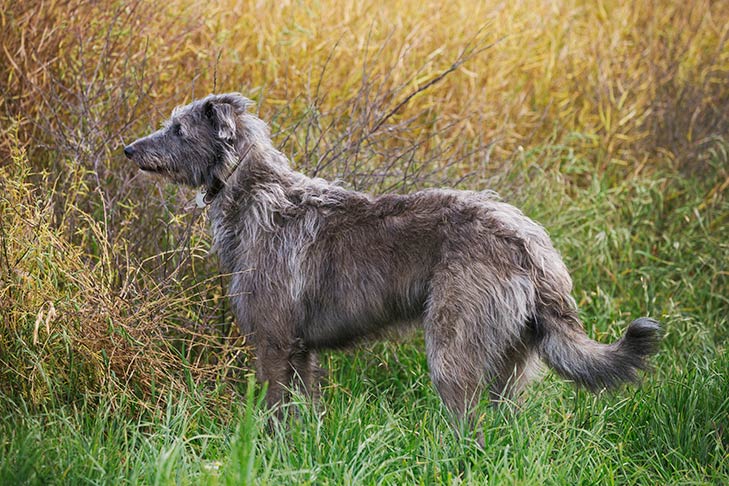
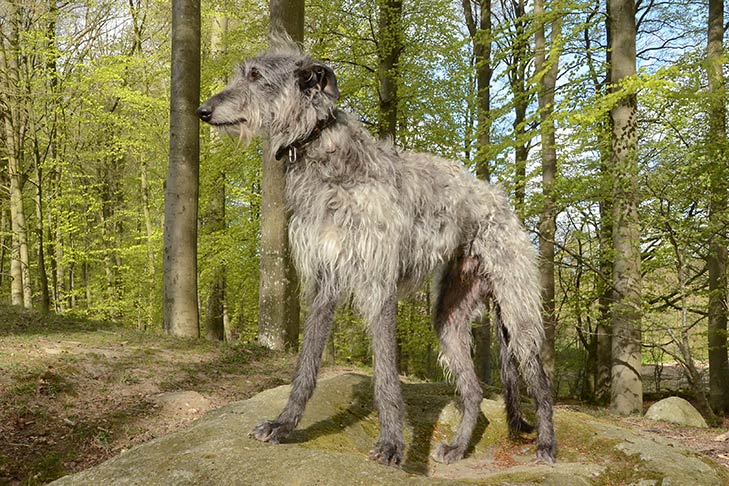

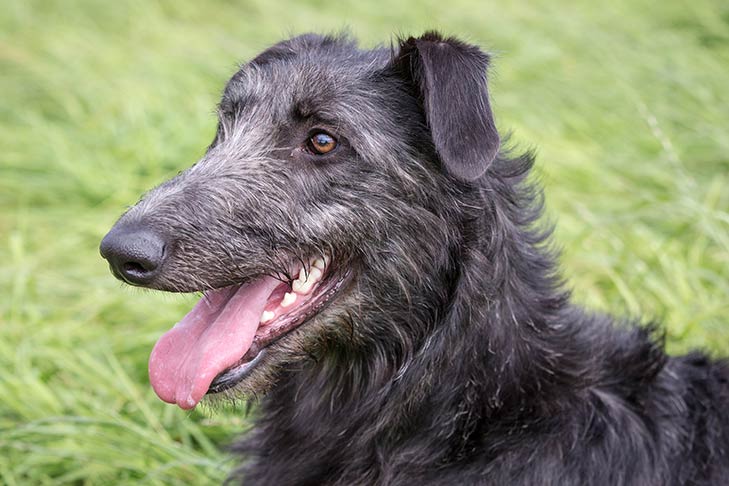
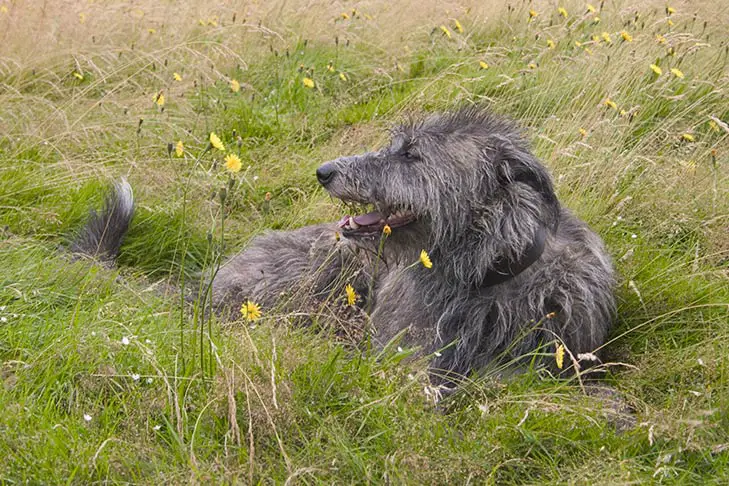
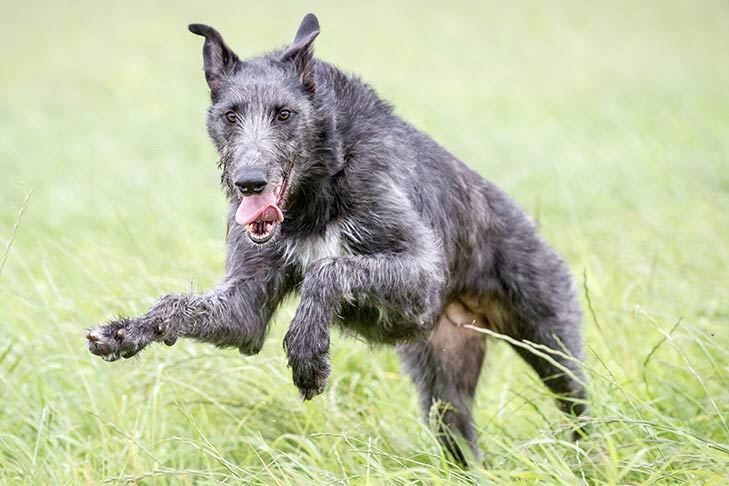


 Health
Health Grooming
Grooming Exercise
Exercise Training
Training Nutrition
Nutrition